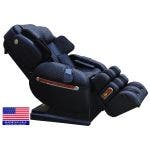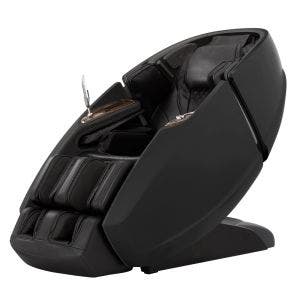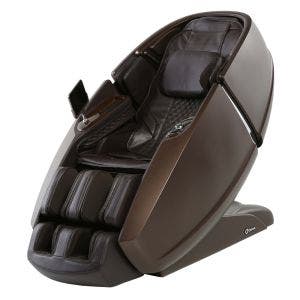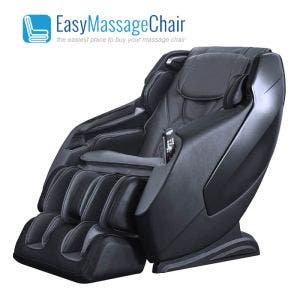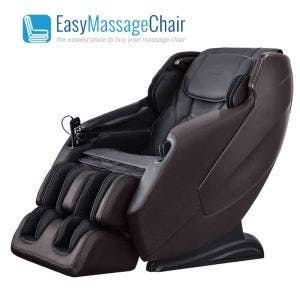Manage Your Myofascial Pain Syndrome With Massage Therapy
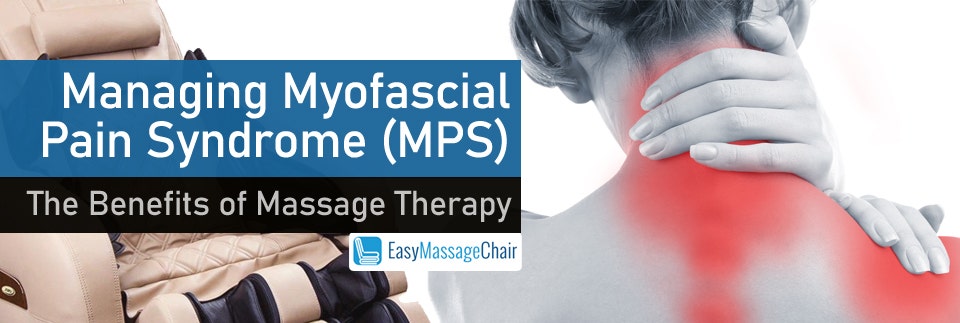
You feel constant muscle soreness and sensitivity in certain regions of your body. And, it’s not just the usual everyday body ache. It’s one that is accompanied by tender knots in your muscles and may even extend to other (often unrelated) parts of your body. Does that make you wince even as you were reading about it? Unfortunately, this kind of pain is real and it affects people who are diagnosed with a medical condition called Myofascial Pain Syndrome (MPS).
Meet the culprit
So, what exactly is Myofascial Pain Syndrome?
From the term myofascial, you can deduce that it affects both muscle (myo) and fascia. The former is quite a familiar word, but the latter might not be. And if you’re curious to know about it, the fascia is simply a term for the surrounding band or thin sheet of connective tissue that envelops your muscles.
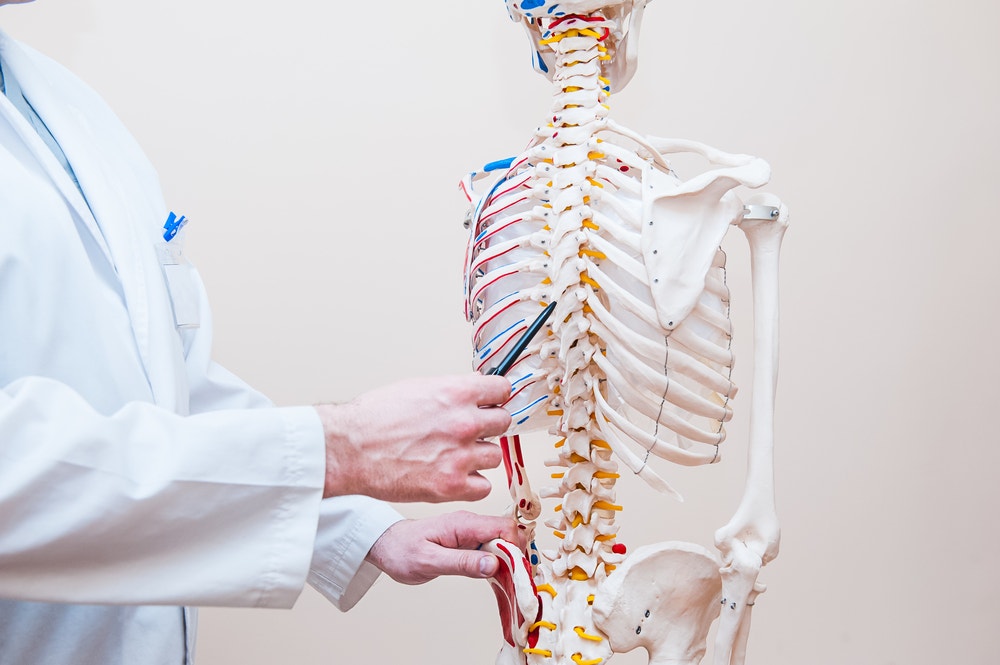
As for the pain? For the most part, if you have MPS, your chief complaint will be chronic worsening aches in certain regions of the body. This kind of persistent pain, along with identified muscular trigger points and referred pain, is a symptom that is present in people suffering from this syndrome.
See also: Massage Therapy and Hypertension: An Intriguing Connection
So how can you get MPS? The human body’s muscle structure and function are meant for motion and work. Layers upon layers of muscle fiber work in unison to allow you to move and maintain your natural posture. But does this mean it is not prone to damage? Unlikely, right?
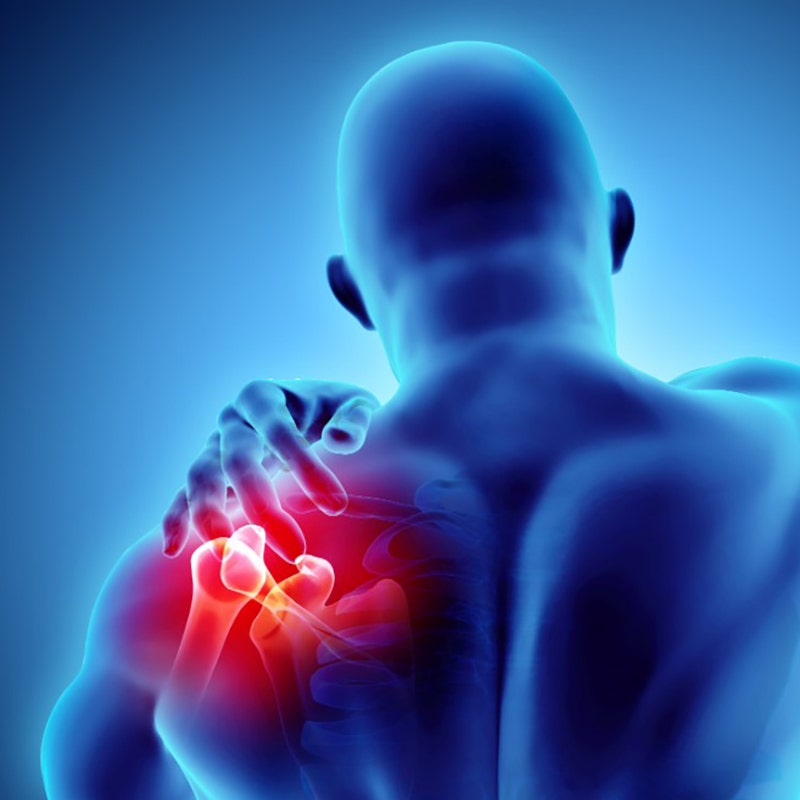
What may seem to be like the regular wear and tear of muscles from your job or favorite sport may turn into repetitive motions that push your muscles to the limits. Or you might be in the habit of clenching your muscles when you are under stress or anxious. Worse, you might find yourself sustaining a traumatic injury that impairs your muscles beyond overuse.
The result? Get into any of these scenarios and your body develops several trigger points that cause the characteristic pain and strain in the muscles of people with MPS.
Manage It With Massage A Massage Chair At Home
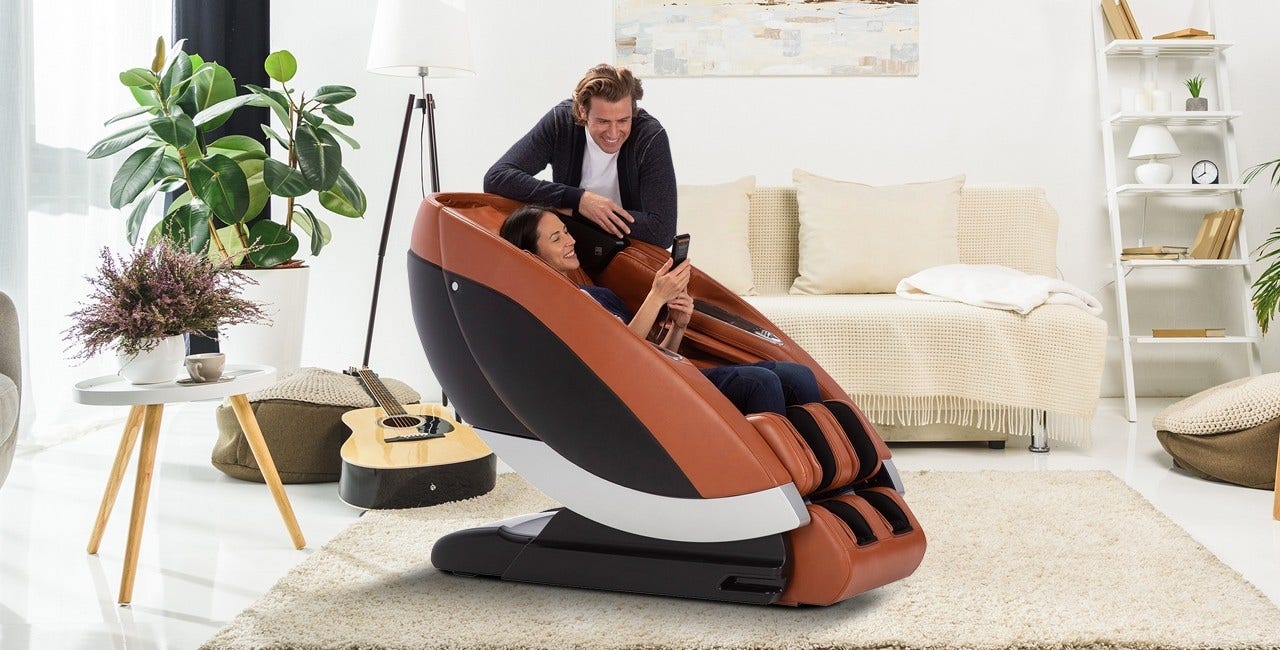
Human Touch Super Novo Massage Chair
So, will massage therapy be beneficial to someone with MPS? Definitely. Here’s the thing - whether performed by a licensed massage therapist or obtained from a high-quality massage chair, manual manipulation of the body’s muscles through specialized massage techniques is an acknowledged non-invasive trend in managing myofascial pain.
Why? For one, you can turn to massage for pain relief and treatment of MPS symptoms. Many massage methods can help you in terms of pain management, and having a home massage chair (just like the top-of-the-line Luraco i9 Max massage chair) that you can use anytime of the day will be very convenient.
Deep tissue massage, for example, can help free up adhesions that cause tension and pain in the fascia. Pressure from this technique helps you treat those painful knots and regain mobility in the affected area. Stretching during massage sessions, on the other hand, can help reduce inflammation and soreness. Not to mention, massage helps in pain management as it stimulates certain nerve fibers and signals your brain to “close the pain gate”. That’s one way to keep those pain meds at bay, right?
See also: 4 Benefits of Massage for the Elderly
Now, onto the next benefit...
Massage therapy helps your body combat stress

How does this happen? It has something to do with your body’s physiological response. A study revealed how stress hormone (cortisol) levels decrease after massage therapy, suggesting that massage does have a stress-alleviating effect. And since myofascial pain may be caused (and even aggravated) by stress, this effect of massage is clearly beneficial for someone suffering from the syndrome.
Do you know what else accompanies MPS symptoms? Poor sleep quality. Really. It’s bad enough that you have to live and move with chronic and referred pain when you have MPS. Worse, you have to deal with altered and decreased quality of sleep. You toss and turn in bed, hoping to find the right and comfortable position, just because the pain lingers.
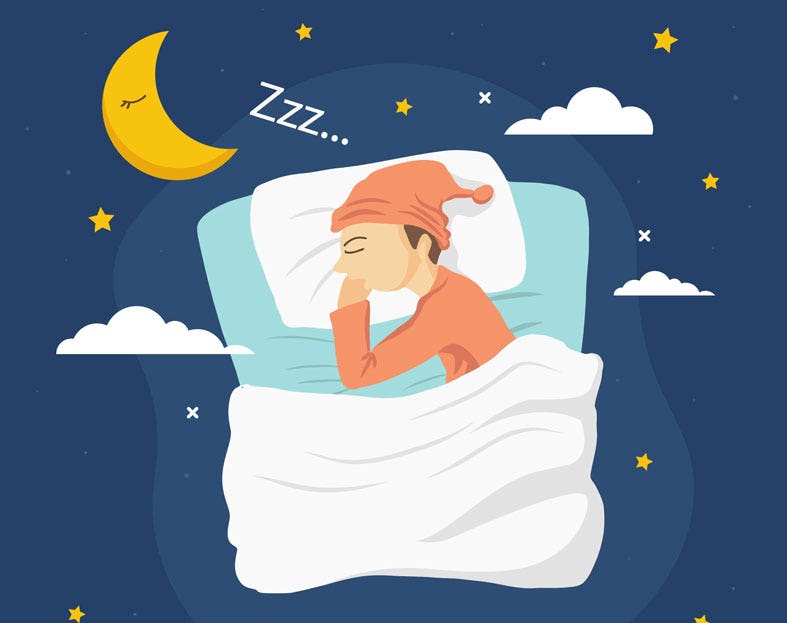
Now, did you know massage can help you deal with sleep disorders, too? It’s true. Remember that massage has a stress-relieving effect. And you see, lowered cortisol levels post-massage also translates to a calmer nervous system. So, without the stress hormone cortisol to disrupt it, your body easily transitions to a restful and more relaxed state. When this happens, it's easier for you to drift to slumber and regain more precious hours of sleep.
If all else fails? As with any other alternative treatment, massage therapy is always best if it is approved by your doctor. Aside from obtaining medical advice before each massage session, you should also err on the side of caution through regular check-ups, especially if you feel like there is another underlying symptom or complication that comes with the pain. At the end of the day, if your trusted healthcare professional gives you medical clearance, you may be able to manage myofascial pain syndrome and enjoy the numerous benefits that massage therapy brings.
| Contact Us We're happy to make your shopping Easy. Call 1-888-612-8862 Chat in our Live Support window below Send us an Email |




